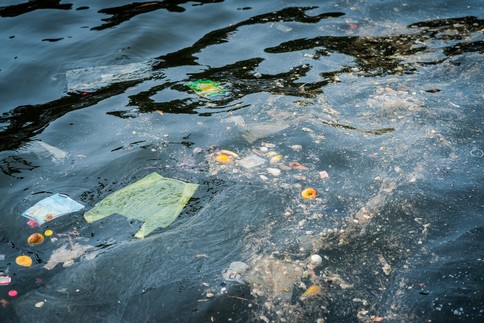Let us imagine for a moment that we could change the world according to our wishes. Dramatic economic inequality gives way to social and political inclusion. Universal human rights become a reality. We end deforestation and the destruction of arable land. Fish stocks recover. Two billion people look forward to a life without poverty, hunger, and violence. Rather than paying lip service to climate change and resource scarcity, we start to respect and uphold the limits of our planet and its atmosphere.
That was the aim in 2001, when the United Nations adopted the Millennium Development Goals. And it will be the aim next year, when the MDGs expire and the UN adopts a successor framework for environmental and development policy. The coming set of Sustainable Development Goals (SDGs) will seek to protect ecosystems, conserve resources, and, as with the MDGs, lift millions of people out of poverty.
Combining environmental and developmental frameworks is a good idea – one that builds on the success of a host of legally binding international conventions and agreements crafted under the UN’s auspices to protect the climate, conserve biodiversity, uphold human rights, and reduce poverty. Though they may not be perfect – and, unfortunately, the countries that ratify them do not always achieve the targets – they have led to the creation of institutional processes that encourage countries to meet their promises and embolden citizens to hold governments accountable.
But, though the SDGs will thus stand on solid legal ground, that ground must be developed further. For starters, global agreements and targets have not yet been put in place for major environmental challenges, including the destruction of fertile topsoil and global plastic production. Such agreements will be necessary to enable the SDGs to consider human rights, the environment, and development holistically.
Researchers and civil-society organizations have been calling for a reversal of soil degradation by 2020, and are pressing for at least one international panel of experts to meet at the UN to address this central aspect of global food security. Every year, 12 million hectares of land – an area the size of Austria and Switzerland – are lost to overuse and excessive application of fertilizers. The environmental impact is magnified by large-scale farming. The social consequences can also be severe: eviction, the loss of livelihoods, and violent conflict.
“
Unfortunately, we are unlikely to get the world of our wishes. The SDG negotiations reflect what is currently possible in a multilateral framework: relatively little. No government is truly willing to tackle the causes of inequality and hunger, which would require making fair taxation and comprehensive welfare a top priority.
The use of plastic must also be reined in. Since the 1950s, worldwide production has increased by a factor of one hundred. Every year, more than 280 million tons of plastic is produced, with vast quantities making their way into groundwater, rivers, and oceans – and onward up the food chain. Though plastic is not biodegradable, not a single country has pledged to prevent it from entering our environment.
Another largely unexplored possibility would be to set targets for phasing out environmentally damaging and socially detrimental subsidies. Globally, such subsidies, like those offered by the European Union’s Common Agricultural Policy, run into the hundreds of billions of dollars, draining budgets and often doing nothing for the poor. Cutting them would not only remove perverse incentives; it would also free up money for education, universal health care, and infrastructure in rural areas, where it is needed to create income opportunities.
Unfortunately, we are unlikely to get the world of our wishes. The SDG negotiations reflect what is currently possible in a multilateral framework: relatively little. No government is truly willing to tackle the causes of inequality and hunger, which would require making fair taxation and comprehensive welfare a top priority. Such reforms would be more effective than any development aid, but for now they are off limits.
The rules of the global economy also remain untouchable, making it nearly impossible to restructure financial and trade policies to ensure that they do not result in more poverty, unchecked climate change, and irreversible resource destruction.
The language agreed upon so far is not reassuring. A timeworn commitment to economic growth at all cost is no answer to the question of how development can be balanced against the limits of our planet and the fact that billions of people live in poverty. In a finite world, infinite growth is impossible, and rising output will not put food on everyone’s table if the benefits of growth are not fairly distributed.
It is not only the advanced countries that are impeding the creation of a bolder development agenda. Elites in emerging and developing countries are using the SDG negotiations primarily as a platform to call for international aid transfers.
The UN is only as good as its members. We will know how good they are by the extent to which they view the SDGs as an opportunity to establish truly new priorities and truly universal goals for environmental and development policy in the twenty-first century.

